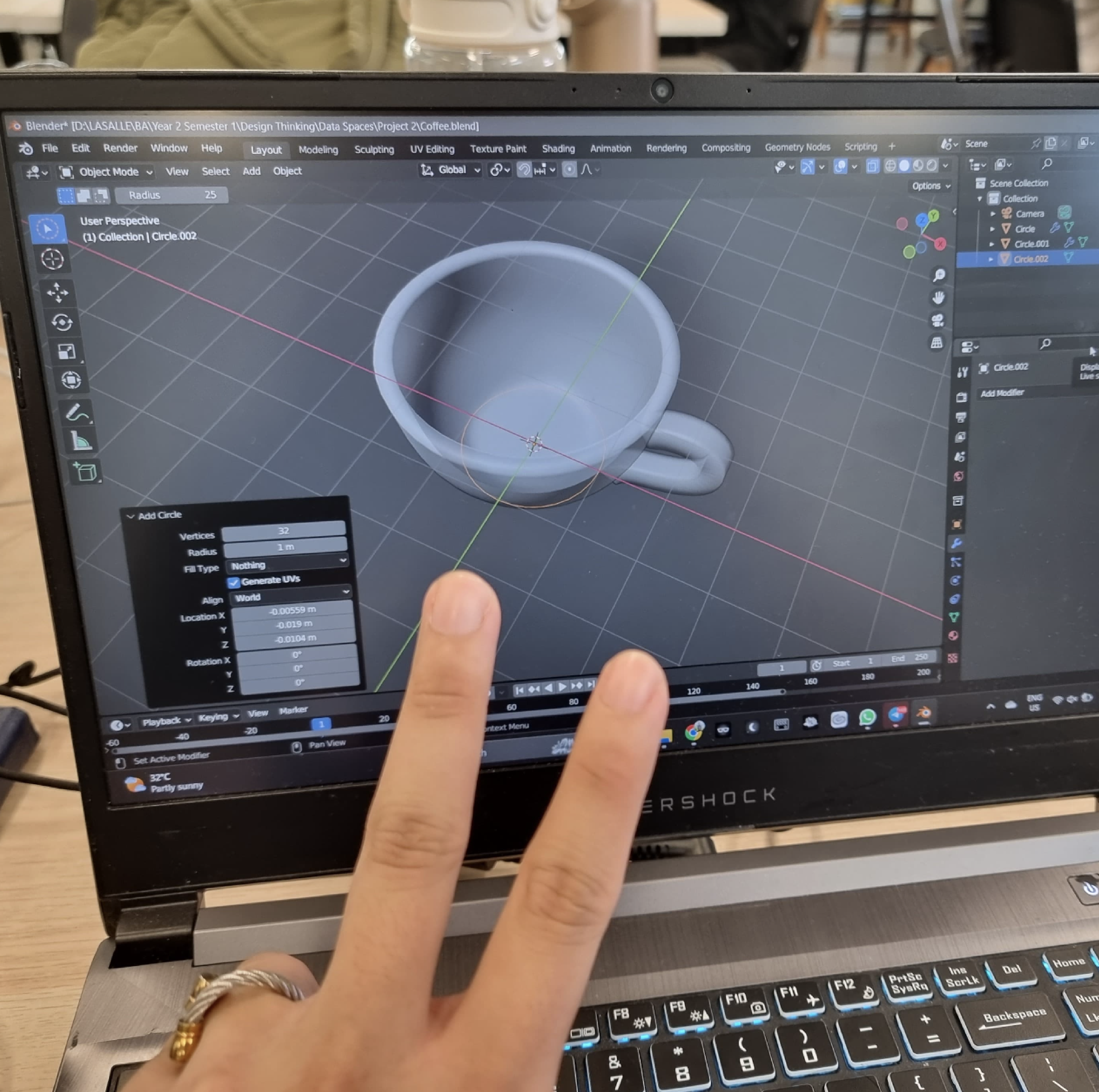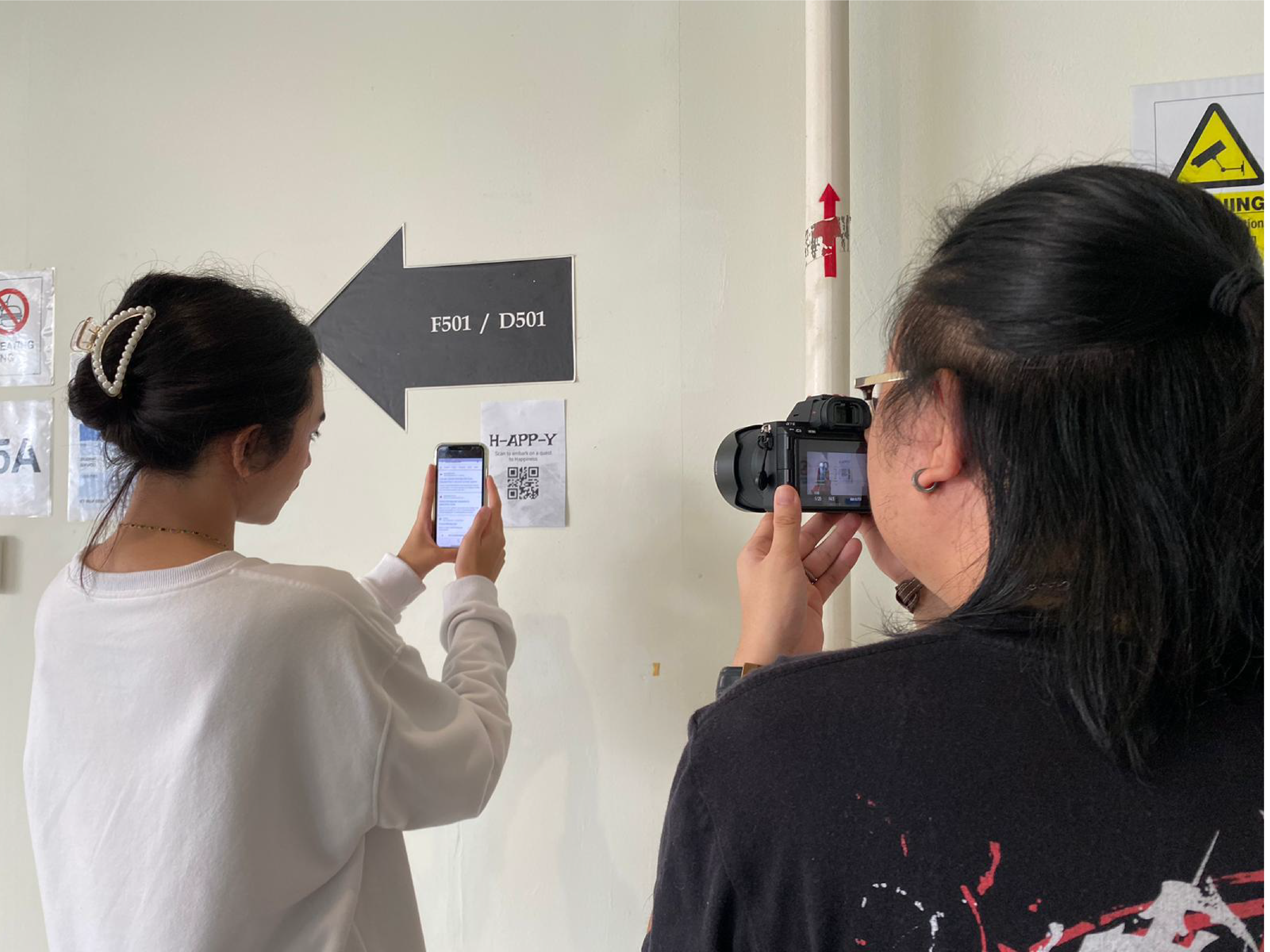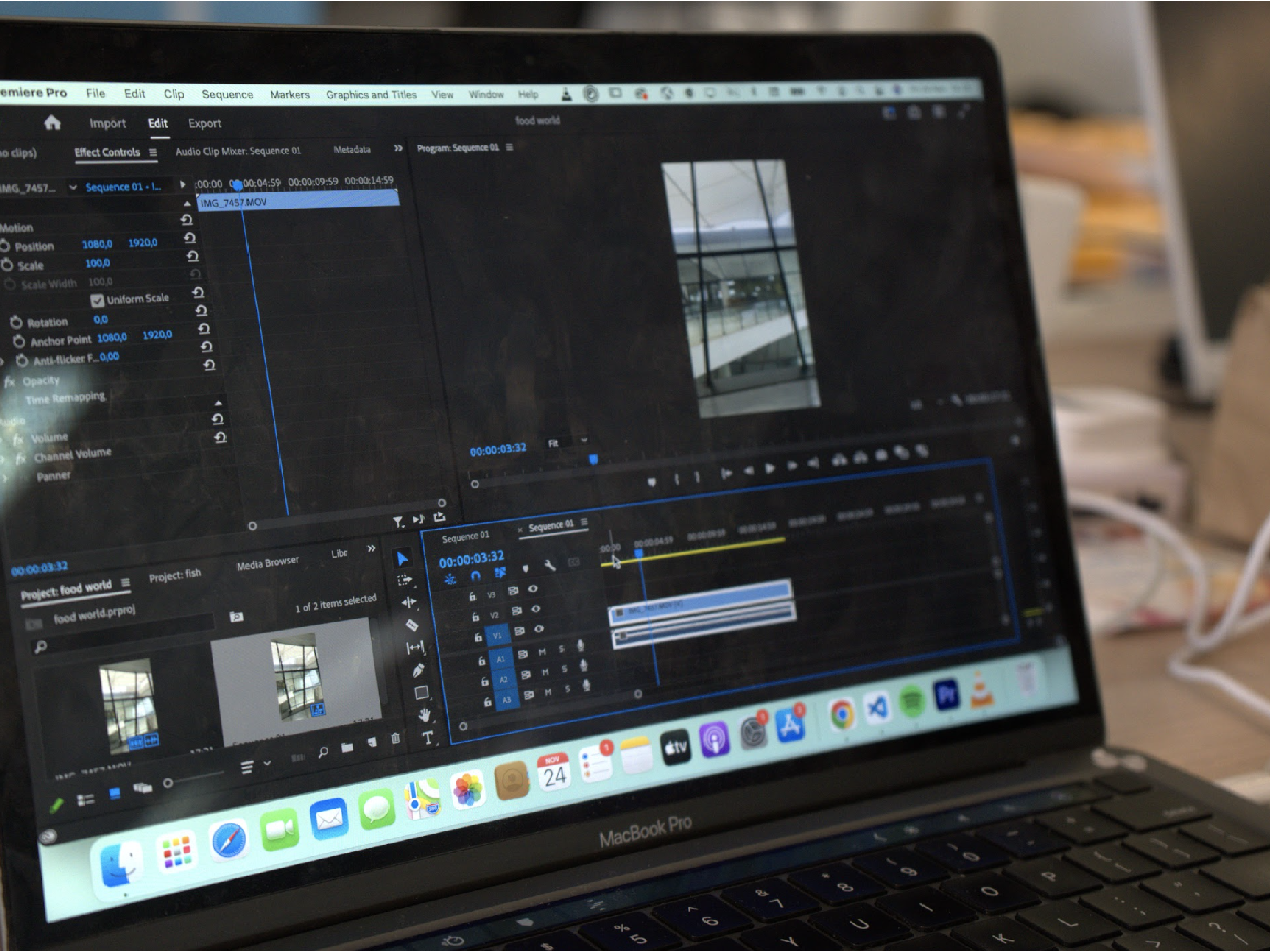Process
Planning Stages
When we started our initial discussion, we decided that we were all interested in the world of AR and wanted to create an AR themed project. We then realised that there were lots of ways we were able to explore on AR, and many ways we were able to execute it. After a quick initial research, we loved the look of AR cards which had 3D designs popping out of the cards; so we thought about making it as an execution for ‘Data Visualization’. However, after further discussions with our lecturer we realised that there was no point in creating this because there was no rationale on the cards. This could only work if we could find a link between the digital and the physical world.
After further discussion, we decided to come up with a topic/theme for our project before going back into the AR execution. Since we were in the midst of formatives, a lot of us were feeling stressed and we wanted to find a fun way to turn our stress around. However, after the first presentation it turned out that the lecturers thought that ‘stress’ was too serious of a topic so we decided to change it into ‘Happiness’ based. We wanted to create a little “AR pocket stress relief buddy card” that we could put in our pockets and bring with us wherever we went.
First execution stage - Experimenting on 3D
The first thing we did to create our project was to learn and experiment on Blender, by following Youtube tutorials. Each of us followed different tutorials, and we explored different objects in Blender. We also gave a shot at Spark Ar, but we found out that most 3D assets were also made from blender. This process took us around 1-2 weeks to fully finish the 3d models.
After creating our 3D models we had another consultation because we were confused on how we could put all our thoughts together and what final outcome would be best for our project. This time our thoughts were all over the place because the lecturers didn’t quite understand the purpose of using cards and gave us more ideas at the same time; such as creating stickers and making location based ARs.
We finally came to a eureka moment when one of our lecturers mentioned the use of application-based programs. This way all of our thoughts could come together and we could incorporate the other lecturers’ thoughts and ideas into our project.
Second Execution Stage - Outcome v1
Since we now have our outcome in mind, we needed to create our app and make our 3D worlds come to life. Luckily, one of our group members- Lourenz has had experience in creating apps and the application that he used to create the app was Figma. As Lourenz was creating the app, Keira and Sumin had to figure out how to get our AR worlds to start working.
This was where our problems started to arise, as the outcome didn’t go as planned. After we gathered our 3D assets and made it into an AR world, we couldn’t get it to successfully turn into an AR web like it was supposed to. Keira had experience with turning blender files into AR before, but this time it didn’t work like it did before. This took us a while to figure out and we were quite bummed out.
We decided to do another consultation with one of our lecturers to fix this problem, but one of his solutions was not to be too stressed out trying to get this to work; but instead try to make-believe and use video editing softwares to make it come to life, and we did just that. So to put our project together, we created a video demonstration on the app.
Our first video demonstration went well….or at least we thought so, until the lecturers told us that there were so many things missing in our project. It turned out that we didn’t make the video believable enough, and that there were so many things we could improve on. We could’ve paid more attention to the posters and stickers in the video as well as enhance the AR video to make it more realistic. Then the word ‘campaign’ appeared and it gave us a second eureka moment! Our project was more like a campaign and we should be able to improve our video a lot more.
Final refinement stage - Improving based on feedbacks
The final thing we did to improve our project with only 1 week left was to shoot a new video, edit the AR videos to make it more realistic, and put more effort into the posters and stickers… make the campaign look convincing and real! With these in mind, we put our last efforts into creating our video campaign and it thankfully turned out to be….successful! We hope that the lecturers will be able to see the effort that we’ve put into this project and the achievement we felt when we finally finished our final video campaign even though we stumbled across quite a few obstacles along the way.
Proposal, background
The core of one's pleasure can get buried by piles of work, social pressure, and transient digital interactions in today's fast-paced, technology-driven world. In this setting, the "Happiness Profile" stands out as a creativity that uses augmented reality to provide users with a thoughtful environment.
In this space, we can reconnect ourselves with the things and memories that truly bring us happiness. This is more than a static display of artwork; it's a living, breathing digital scrapbook where we may store and revisit memories of their most joyful experiences, no matter how drastically our lives may have changed.
Proposed objective
The objective of this project is to apply AR technology to the process of self-reflection and happiness. The idea is to give us a virtual space where we may fully experience the things that bring us joy.
The goal of the project is to promote not only individual well-being but also a society that places an emphasis on reflection and authentic interaction in today's increasingly digital environment. Our target audience is university students, more specifically LASALLE students in our video campaign.
Proposed approach
Our approach is to create location based AR worlds and using a mobile app to create an immersive and interactive experience for students, encouraging them to explore and interact with different locations.
Since everyone has their own unique ideas on ‘happiness’. Certain worlds possess distinct characteristics that set them apart from others. For example, Person A feels happy when he or she eats delicious pasta - Person B feels happy by listening to his or her favourite music. - Person C feels happy sitting on his or her comfortable bean bag bed.
Data collected
Since our project was AR based and the data topic we chose was simulation, it didn’t require us to do any data collection. The only ‘data’ we needed was the objects and/or food that gives each of us a sense of stress-relief and gives us some joy. We also decided to ask some of our friends and it turned out that they also relate to the worlds that we’ve created.
The food world is popular amongst our age group since a lot of us tend to ‘stress-eat’ when we feel stressed and eating might just make us feel a tad bit better. Some of us also like the fantasy world since it really gives off the vibes of being in another world and having a short escape from reality.
Artefact
We students give in to the pressures of modern life and frequently neglect the simple pleasures and precious memories that bring us the most joy. The "Happiness Aventure" project employs AR to make the immaterial concrete, which can help individuals recall these valuable things.
Our final artefact was not easy to achieve, since it has been changed quite a few times. Our vision from the very beginning of this project all the way to the very last week has changed many times and this campaign was put together at quite the last minute. Despite those challenges, we were still able to come up with a successful final video campaign.
Conclusion
Overall, our project was mostly about experimentation, exploration and trial and error. These three factors were very time-consuming, because the three of us had little to no experience on Blender- which led to the many obstacles we had to face along the way.
What could be improved is the better use of our time and not spending too much time only working on one problem when we could've tried other things instead. Despite our many obstacles, though, one of our greatest strengths as a group was our communication. We were able to communicate all our ideas and thoughts very well and successfully, and there was no conflict during the whole project.
We also always took lecturer feedback very well, as we always tried to follow and input whatever we were told by the lecturers in order to improve our project. Lastly, we always believed in ourselves and always tried to find ways to improve our project, even with the limited amount of time that we had.





















